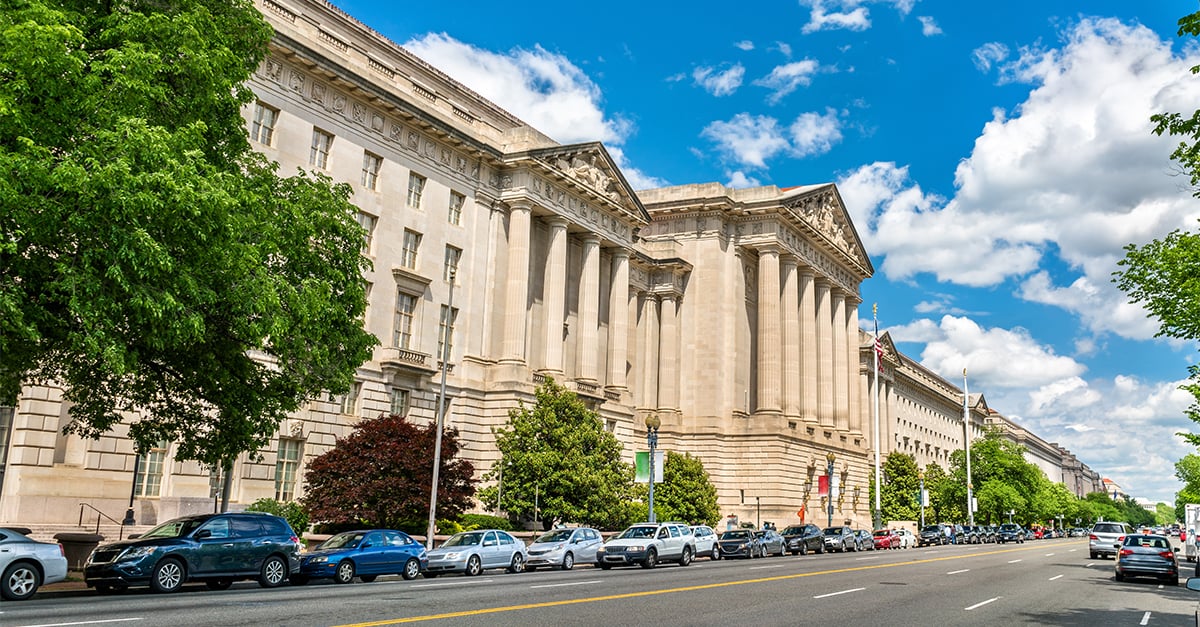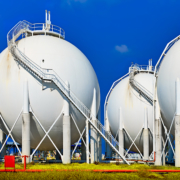
U.S. EPA Enforcement Office Issues a Climate Enforcement and Compliance Strategy Memorandum

On September 28, 2023, the U.S. Environmental Protection Agency (EPA) Office of Enforcement and Compliance Assurance (OECA) issued a memorandum outlining a Climate Enforcement and Compliance Strategy, identifying several steps the office plans to take to address climate change (the Strategy Memo). As part of the strategy, EPA plans to expand its efforts to address climate change by increased enforcement of rules governing greenhouse gas–forming pollutants and incorporating climate-related mitigation efforts, including renewable energy projects into settlements as mitigation or supplemental environmental projects. The Strategy Memo comes only a month after EPA issued its first-ever national enforcement and compliance initiative on climate change.
OECA grounded its Strategy Memo in Executive Order 14008, which required all federal agencies to address climate change, and EPA’s 2022-26 Strategic Plan, which emphasized the same goal. OECA identified three goals: “(1) prioritize enforcement and compliance actions to mitigate climate change; (2) include climate adaptation and resilience in case conclusions whenever appropriate; and (3) provide technical assistance to achieve climate-related solutions and build climate change capacity among EPA staff and state and local partners.”
OECA explained that it will focus enforcement resources on “super-pollutants,” including methane and hydrofluorocarbons, as well as “carbon dioxide, nitrous oxide, and volatile organic compound (VOC) emissions.” Additionally, OECA identified “oil and gas facilities and landfills” as industries from which EPA will “seek greater compliance with new source performance standards” as well as a focus on “gas flaring, emissions from storage tanks and wastewater treatment systems, incineration/combustion operations, and compliance with the Greenhouse Gas Reporting Rule.” OECA also intends to continue increased enforcement of the Clean Air Act’s Renewable Fuel Standards.
In addition, OECA stressed the importance of incorporating climate mitigation into “case conclusions.” This includes identifying climate risks during negotiations, seeking injunctive relief that increases climate change resilience, and mitigating cleanup and infrastructure provisions. As part of this process, OECA directed enforcement staff to consider “clean renewable energy solutions, green infrastructure cleanup responses, and other climate mitigation remedies throughout all case resolution efforts, including through Supplemental Environmental Projects (SEPs) in civil cases and Community Service Projects in criminal cases.”
Stakeholders with sources targeted by the Strategy Memo should be mindful of this increased focus by OECA. Moreover, companies already facing environmental enforcement should anticipate that EPA will raise climate change mitigation during settlement discussions and may wish to consider whether there are measures that would be a productive component of negotiated resolution.
This post is as of the posting date stated above. Sidley Austin LLP assumes no duty to update this post or post about any subsequent developments having a bearing on this post.



